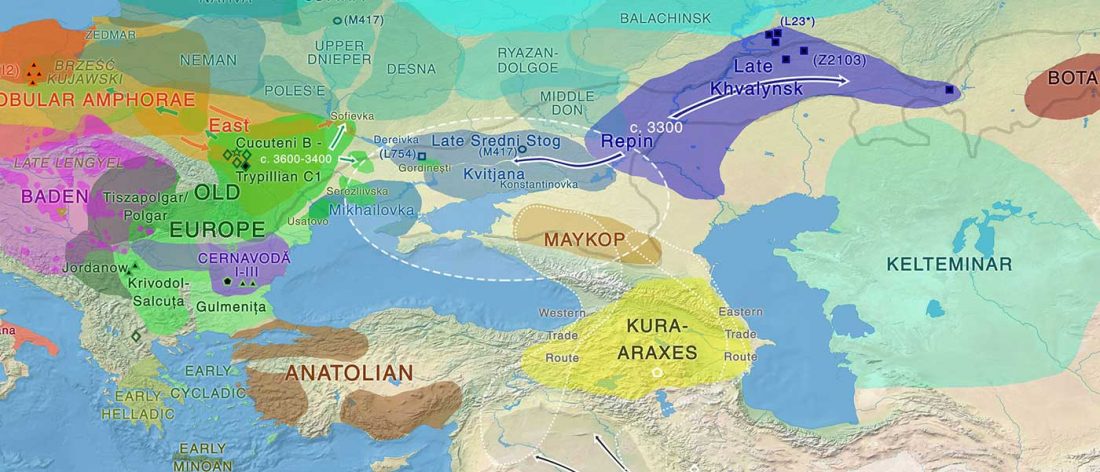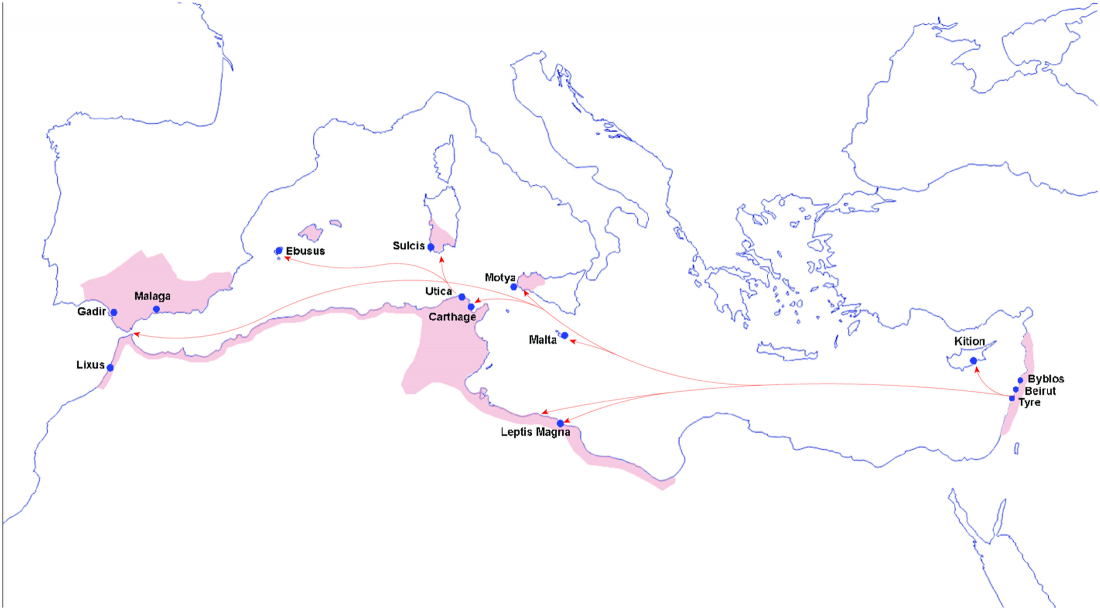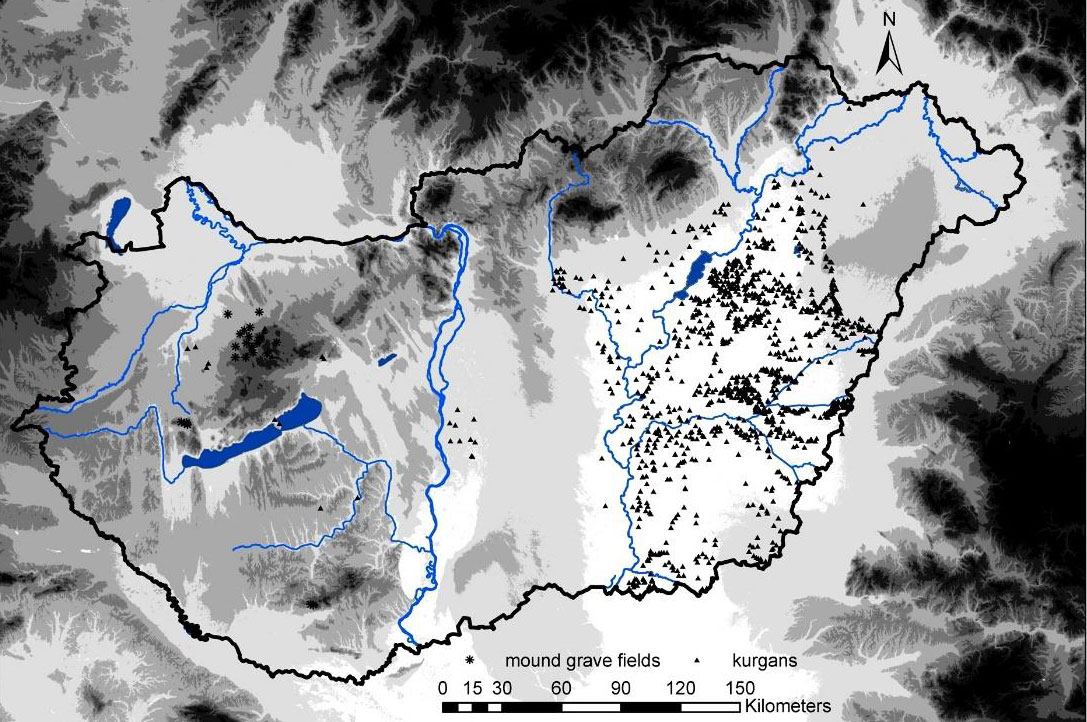New paper (behind paywall) Where are the cereals? Contribution of phytolith analysis to the study of subsistence economy at the Trypillia site Maidanetske (ca. 3900-3650 BCE), central Ukraine, by Dal Corso et al. Journal of Arid Environments (2018).
Interesting excerpts (only introduction and conclusions, emphasis mine):
Archaeological setting at the site of Maidanetske, Ukraine
… Read the rest “Cereal cultivation and processing in Trypillian mega-sites”From ca. 4800 to 3350 BCE, Trypillia settlements were widespread over parts of eastern Romania, Moldova and Ukraine (Menotti and Korvin-Piotrovskiy, 2012; Müller et al., 2016; Videiko, 2004). Maidanetske (Fig. 1B) is one of the so-called “mega-sites” which developed during ca. 3900–3400 BCE in central


